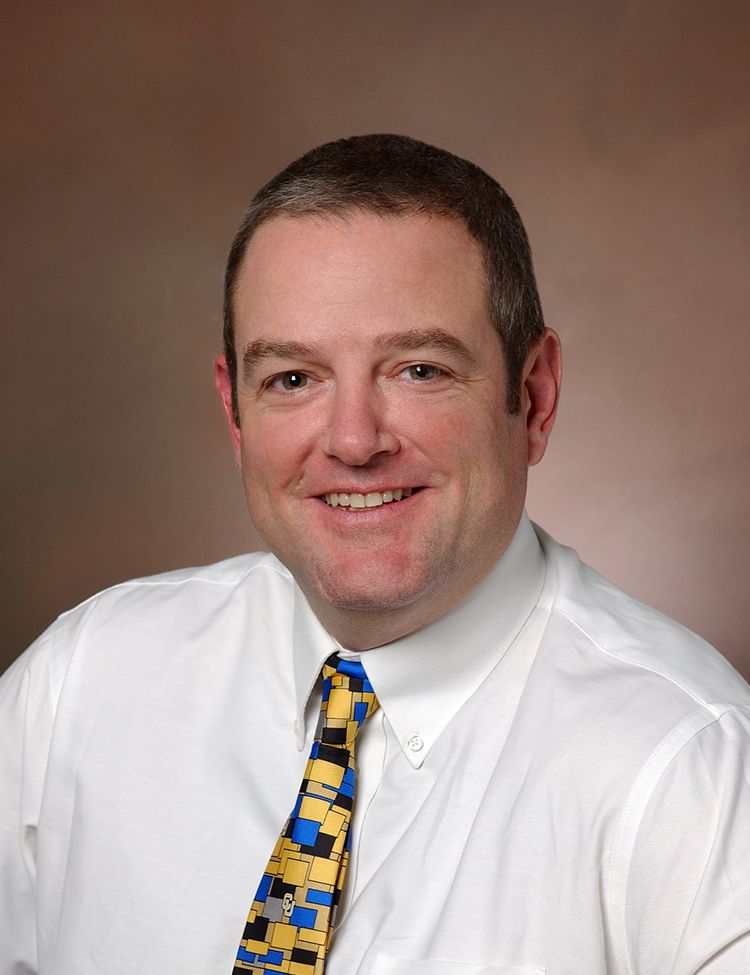Article
Awareness is the Greatest Medicine in Fight Against Cardiovascular Disease with Gregory Weiss, MD
Author(s):
Dr. Gregory Weiss, a critical care cardiologist, reflects on the importance of American Heart Month and the biggest remaining shortcomings in the fight against cardiovascular disease.
Gregory Weiss, MD

This February marks the 57th consecutive American Heart Month. Instituted in 1964, 9 years after Lyndon B. Johnson suffered his own heart attack, American Heart Month has been promoted by the American Heart Association (AHA) as a way to spread awareness about heart disease which remains the number one killer of both men and women in the United States of America.
It is estimated by the Centers for Disease Control that heart disease kills over 650,000 Americans each year accounting for 1 out of every 4 deaths in our country.1 The scope of the problem cannot be overstated. The American Heart Association underscores the challenge that confronts us:
- Heart disease kills more people than all forms of cancer combined.
- Heart attacks affect more people every year than the population of Dallas, Texas.
- 83% believe that heart attacks can be prevented but aren’t motivated to do anything.
- 72% of Americans don’t consider themselves at risk for heart disease.
- And 58% put no effort into improving their heart health.
Source: American Heart Association (AHA)2
The last three points above clearly demonstrate why an initiative like the annual observance of Heart Month is so important. We as clinicians can seek and find breakthroughs in cardiovascular care every day with no discernable change in the morbidity and mortality being realized when more than half of Americans put no effort into improving their heart health. I suspect that this problem confronts every specialty of medicine. Even with the internet reaching nearly every home, awareness of heart disease remains seriously lacking.
It can be incredibly frustrating as a cardiovascular specialist trying very hard to improve our patients’ quality of life. Even though heart disease has been on the rise since the start of a yearly Heart Month, it is important to understand the benefits of a yearly reminder that resources are out there. Increases in heart disease can be linked to increases in obesity and an aging population. However, getting the word out that heart disease is preventable and treatable can only help us mitigate the enormous cost heart disease places on our lives and pocketbooks.
The main goals of Heart Month are to get people talking about heart disease and heart healthy lifestyles. In addition to prescribing appropriate treatments and lifestyle modifications, we as clinicians can point out online resources and initiatives during Heart Month that can help us teach patients to take a more active role in their cardiovascular care. The National Heart, Lung, and Blood Institute provides a Heart Month Planning Checklist3 for clinicians as a guide to stimulate outreach and suggest available tools that can help us promote a heart healthy community.
This year Go Red day falls on February 5. A particularly important feature of Heart Month is promoting women’s heart health since young women are more likely to die from heart disease than younger men. As a clinician, I welcome every resource I can find to help my patients lead longer healthier lives. This year, Heart Month is even more important.
With the COVID-19 global pandemic we are seeing patients less often with fewer opportunities to promote heart-healthy strategies. Our patients are scared and seem more and more distracted from dealing with their cardiovascular risk factors. People are pent up drinking more alcohol, eating less healthy foods and getting less exercise in some cases. In addition to these issues, COVID-19 puts patients with cardiovascular disease including hypertension, obesity, and coronary artery disease at higher risk for serious infection, hospitalization, and death from COVID-19.4
On a personal note, setting aside a month each year, especially for the last 57 years, lends credence to what we are trying to accomplish. Fighting heart disease is a daunting task, to say the least, and there is a lot at stake. As clinicians today most of us feel more and more isolated. In hospitals, we are seeing fewer elective procedures and significant reductions in office visits. Now more than ever we need to accept all the help we can to reach our patients and continue to provide them with the education and support they need to start and adhere to heart-healthy practices. The American Heart Association and all of its efforts remain a welcome support network for patients and clinicians alike. Shining a light on the problems we face and their solutions can only be a good thing for us as clinicians and for the good people we serve.
References:
- https://www.cdc.gov/heartdisease/about.htm
- https://www.heart.org/en/around-the-aha/february-marks-56th-consecutive-american-heart-month
- https://www.nhlbi.nih.gov/sites/default/files/media/docs/60199-NHLBI-AHM-Planning%20Checklist_508_0.pdf
- https://www.nhlbi.nih.gov/health-topics/education-and-awareness/american-heart-month/about





